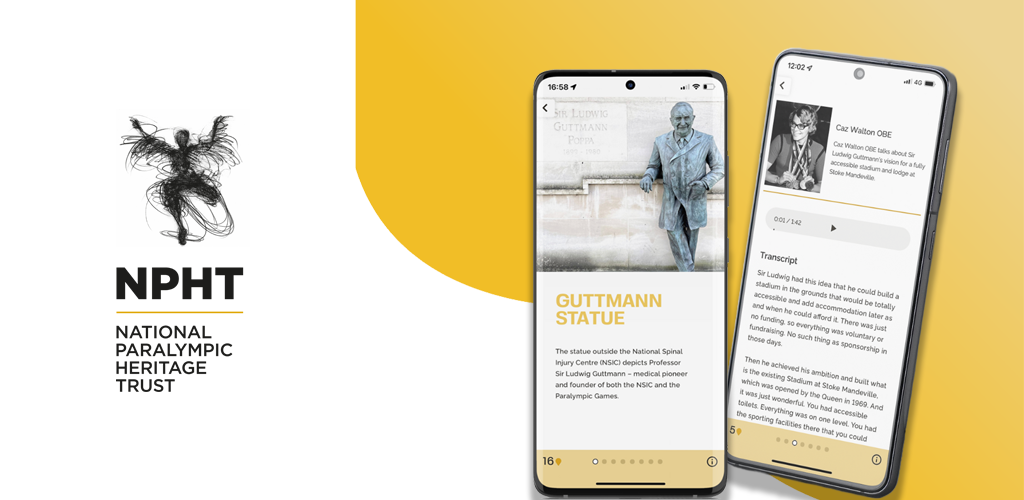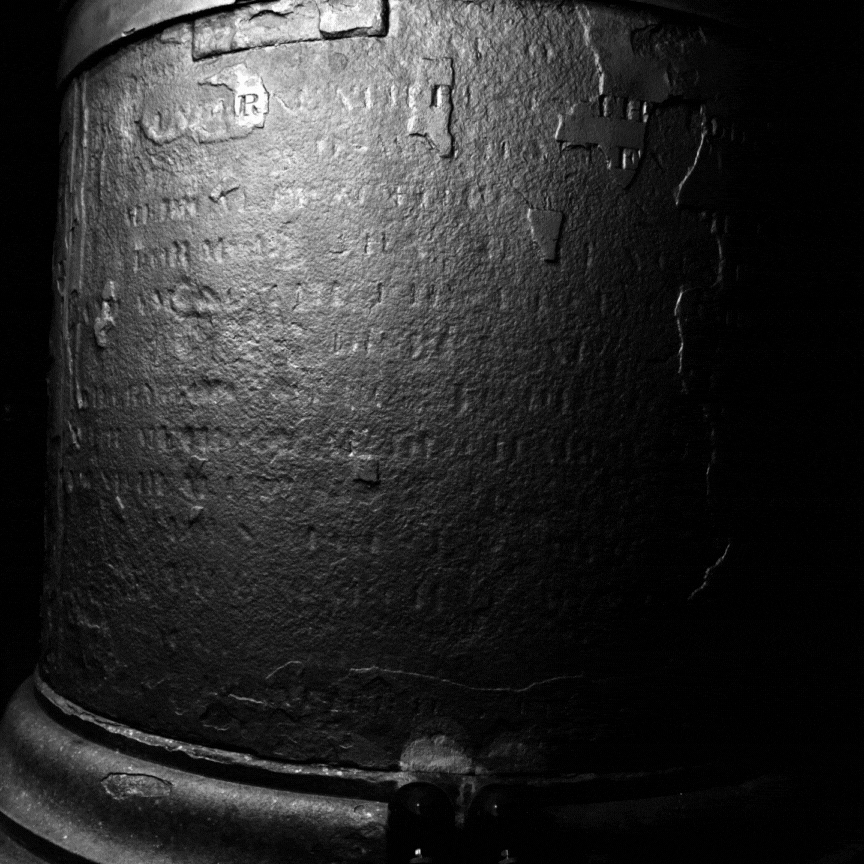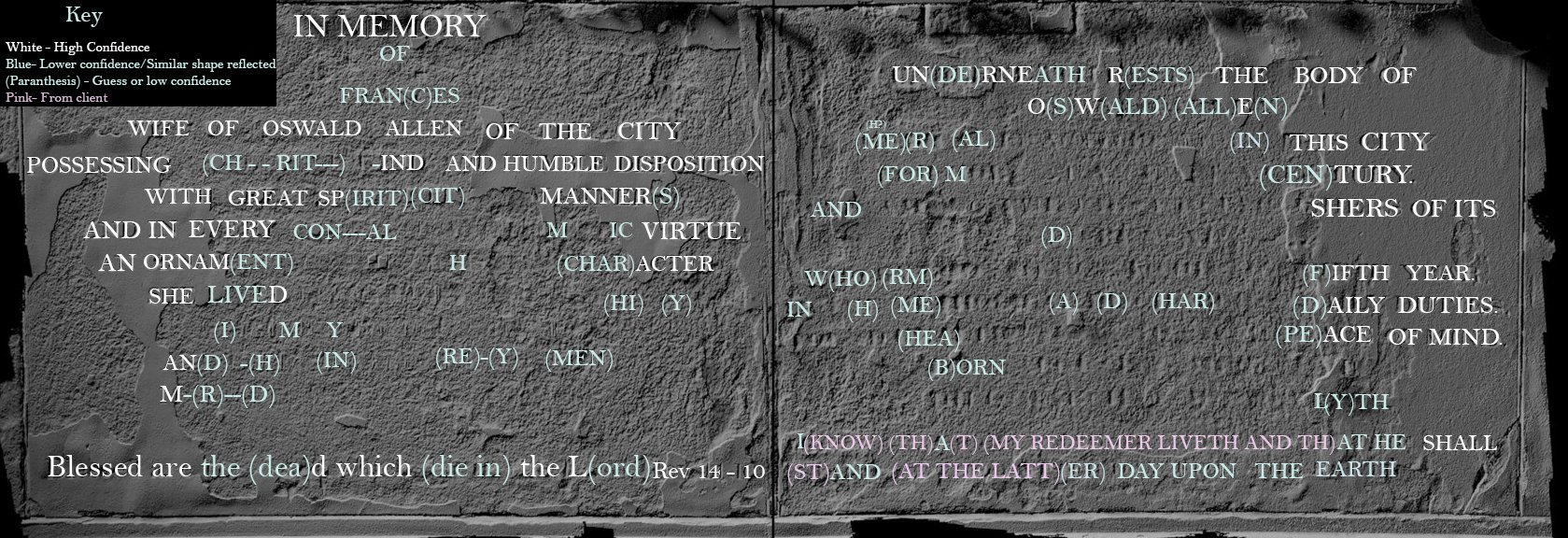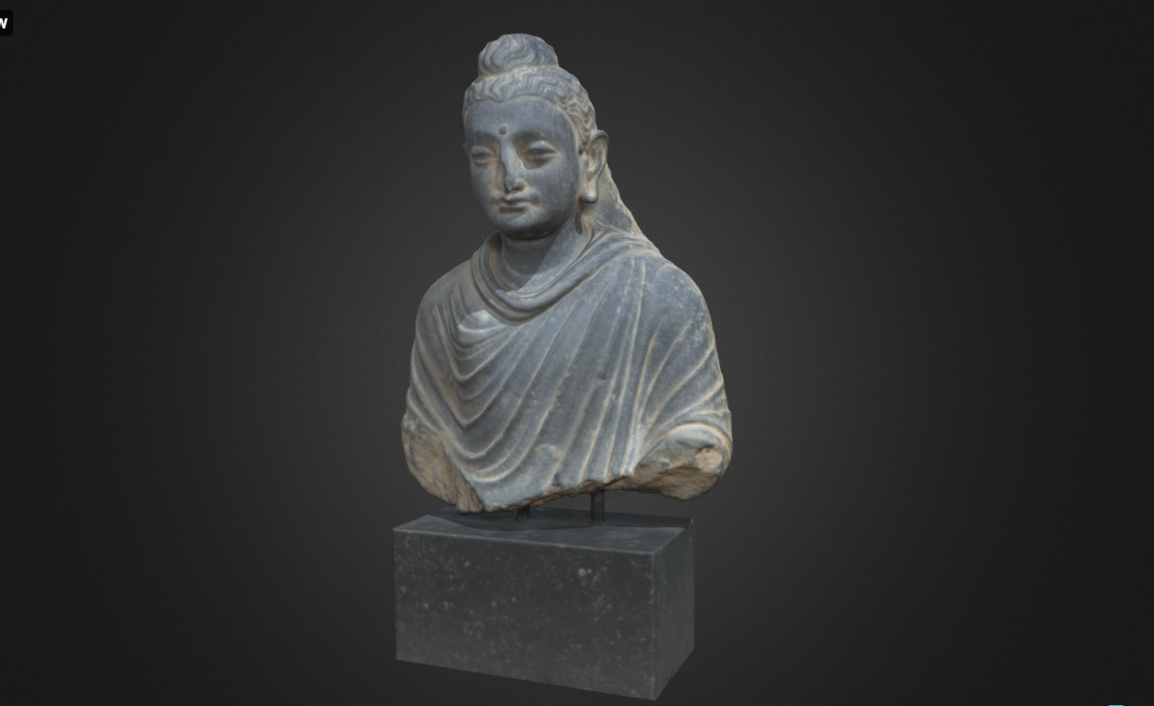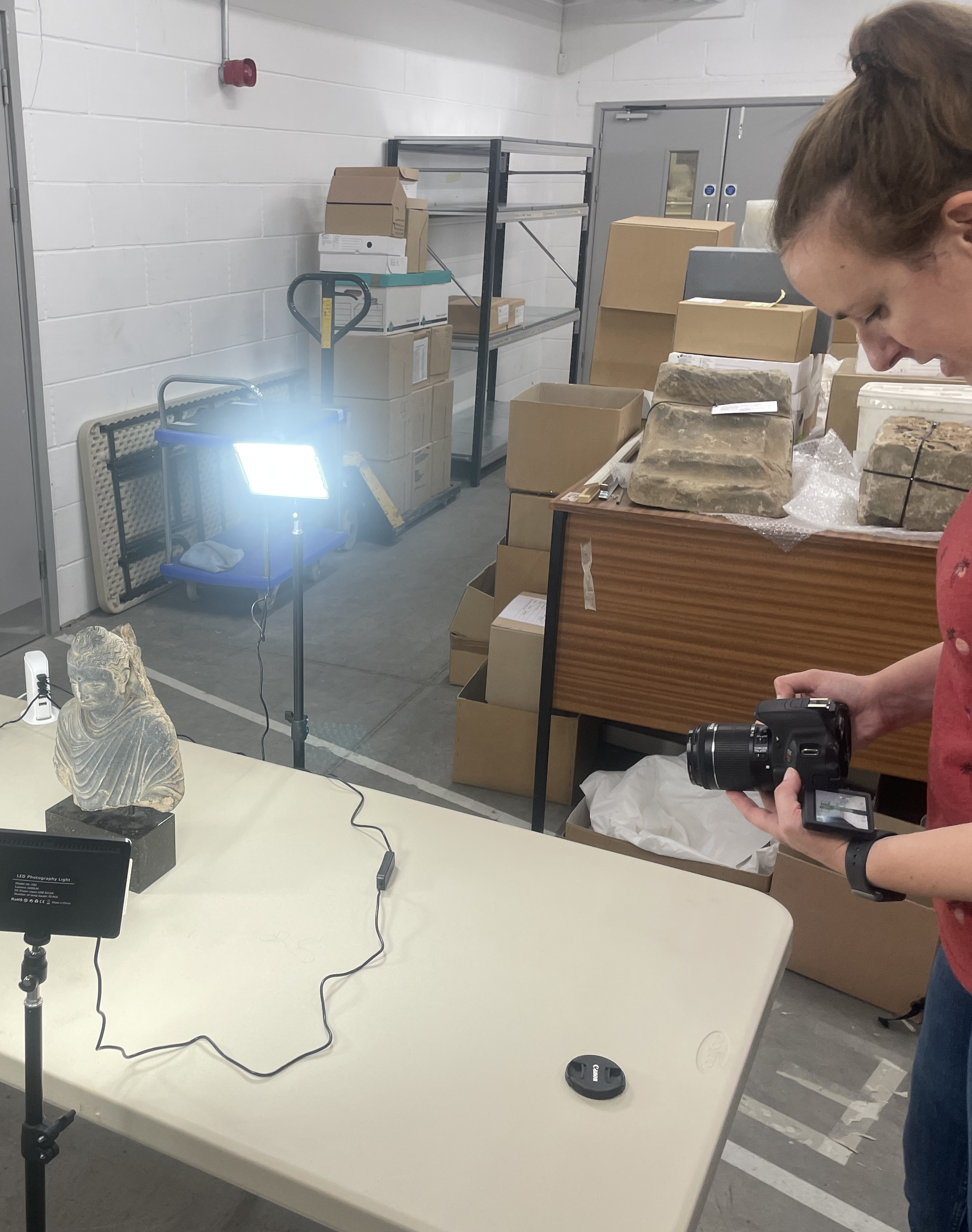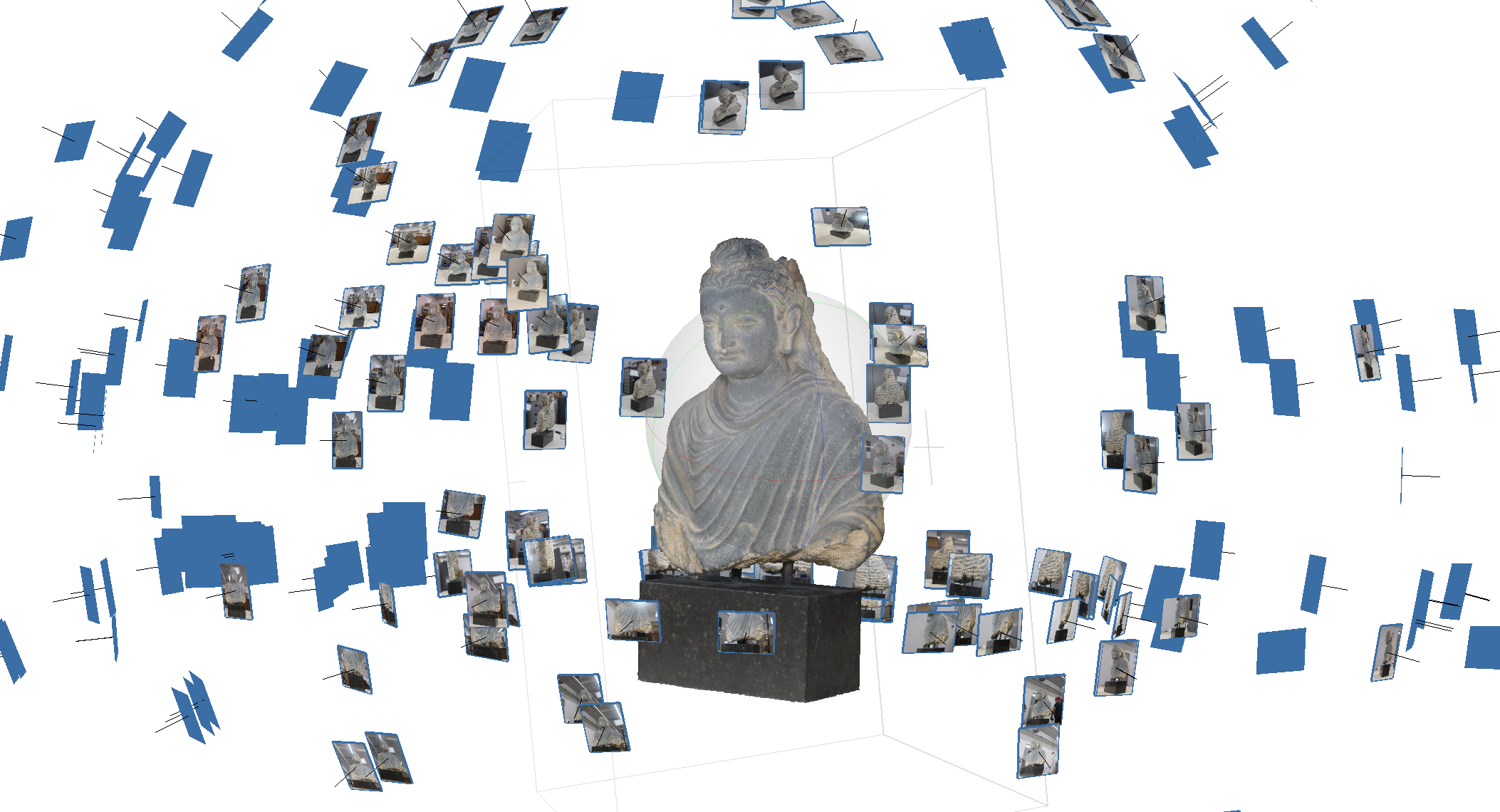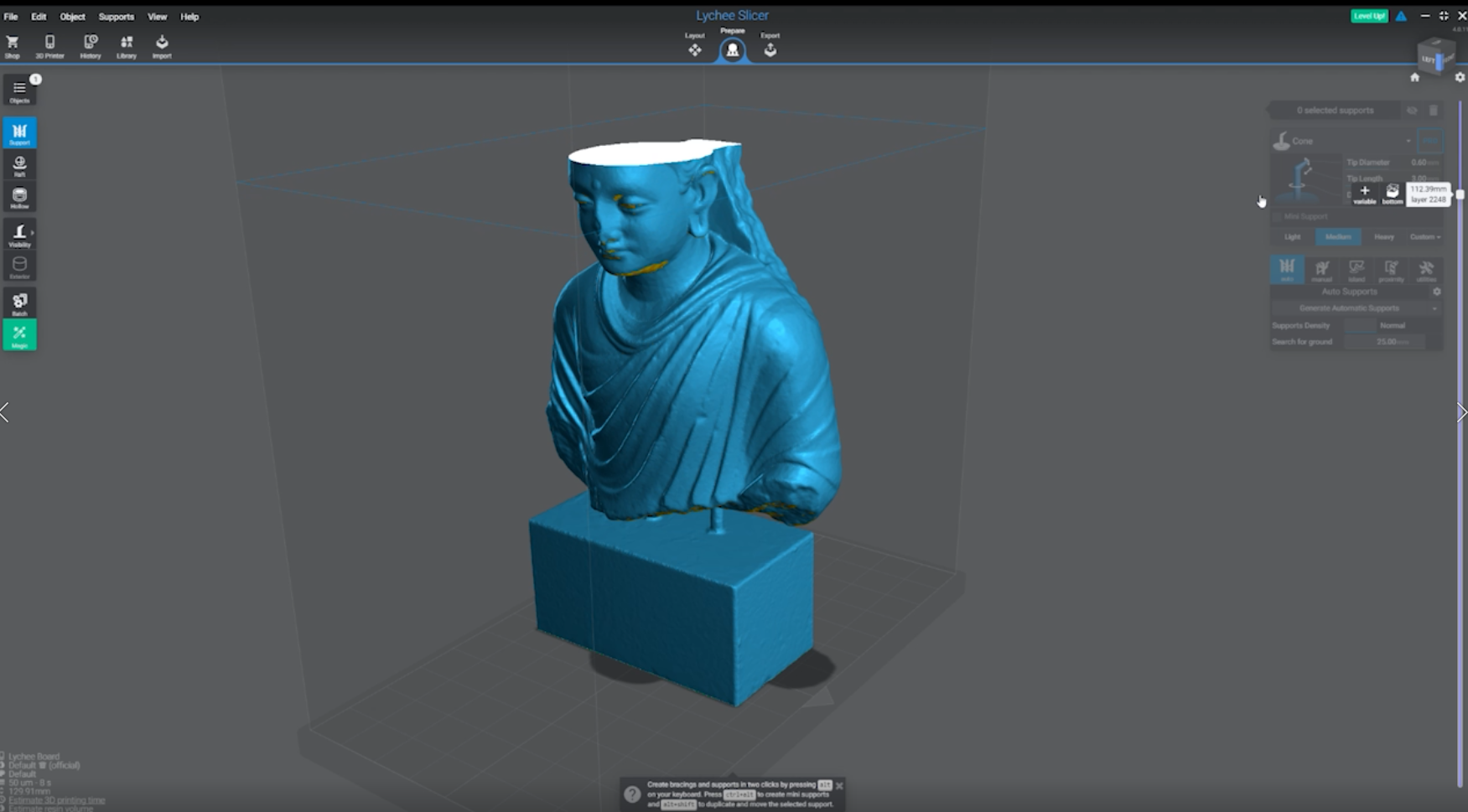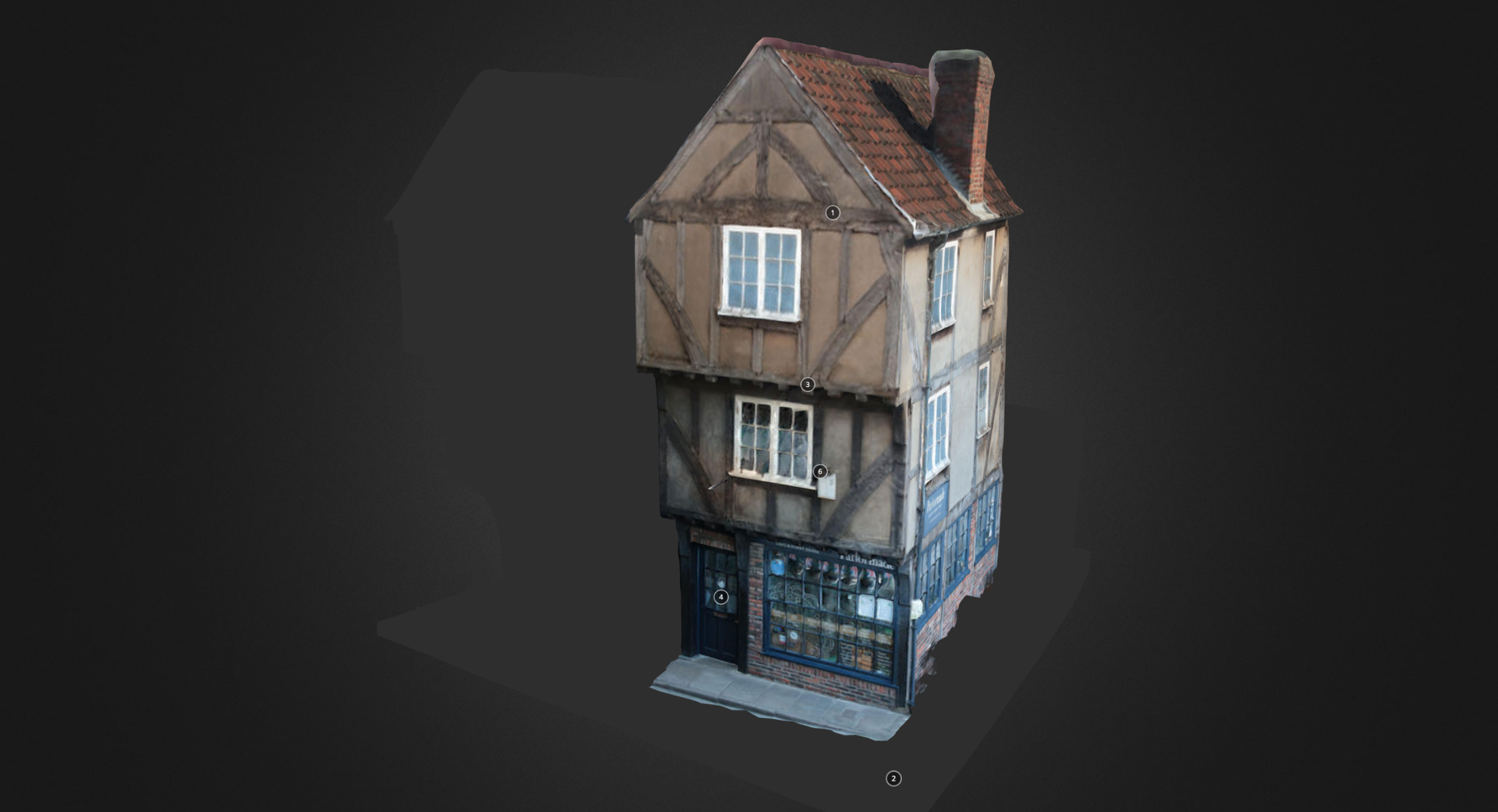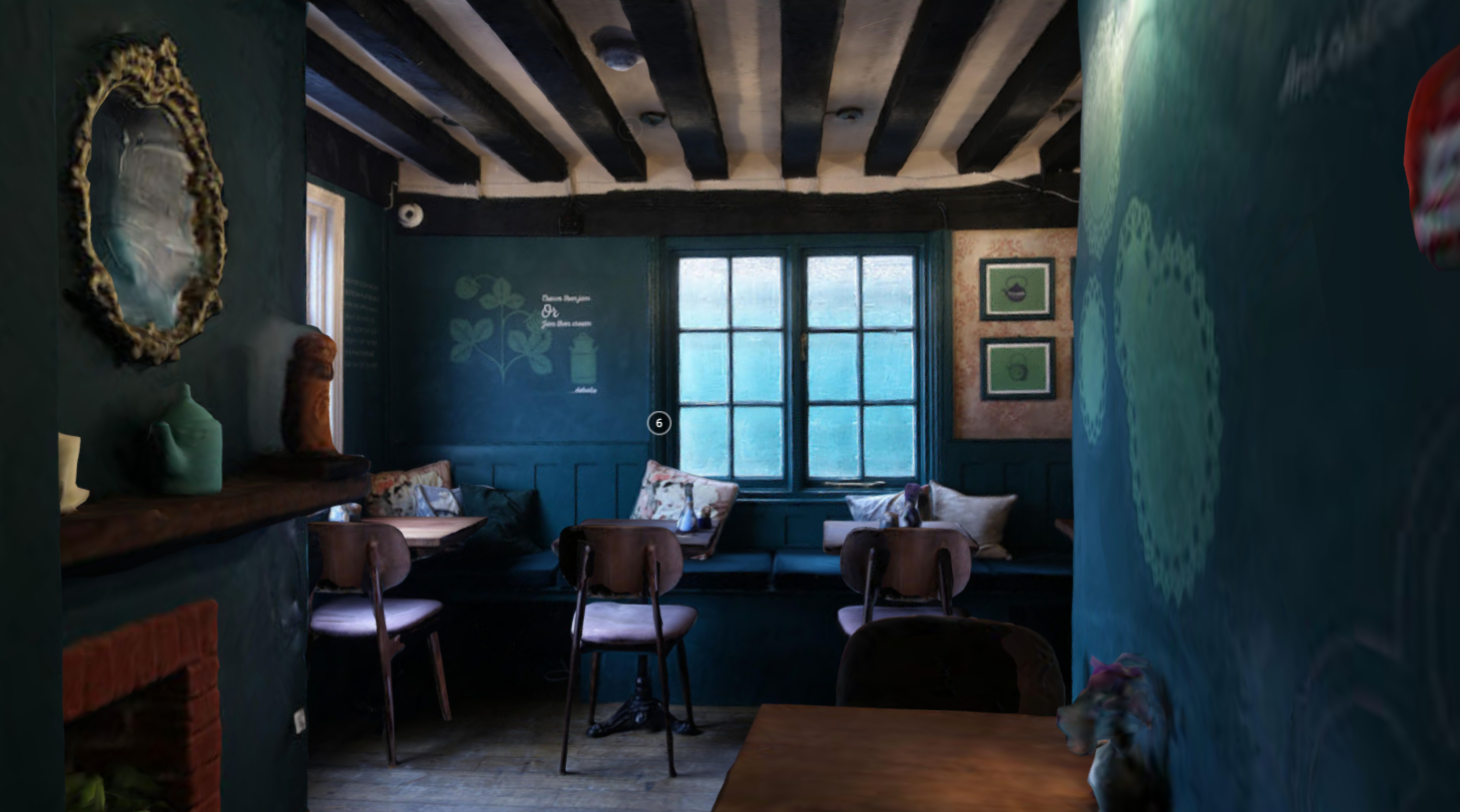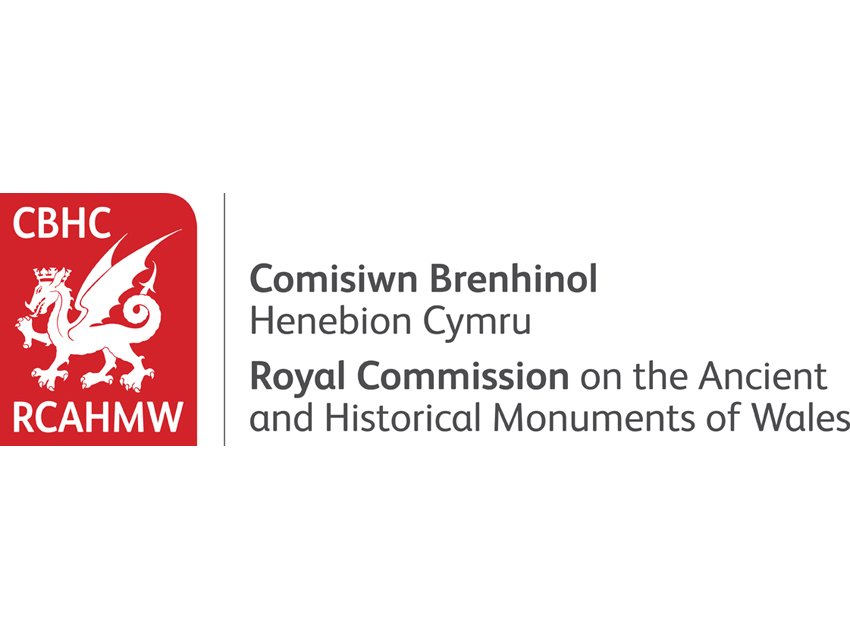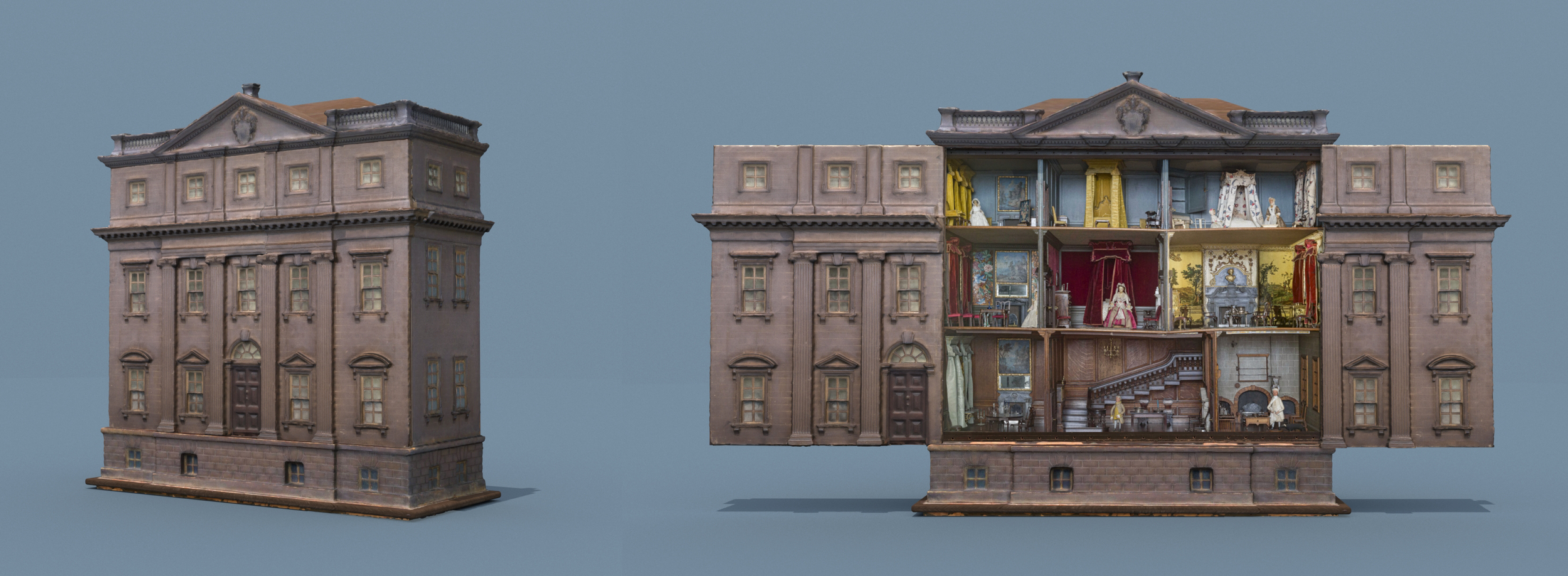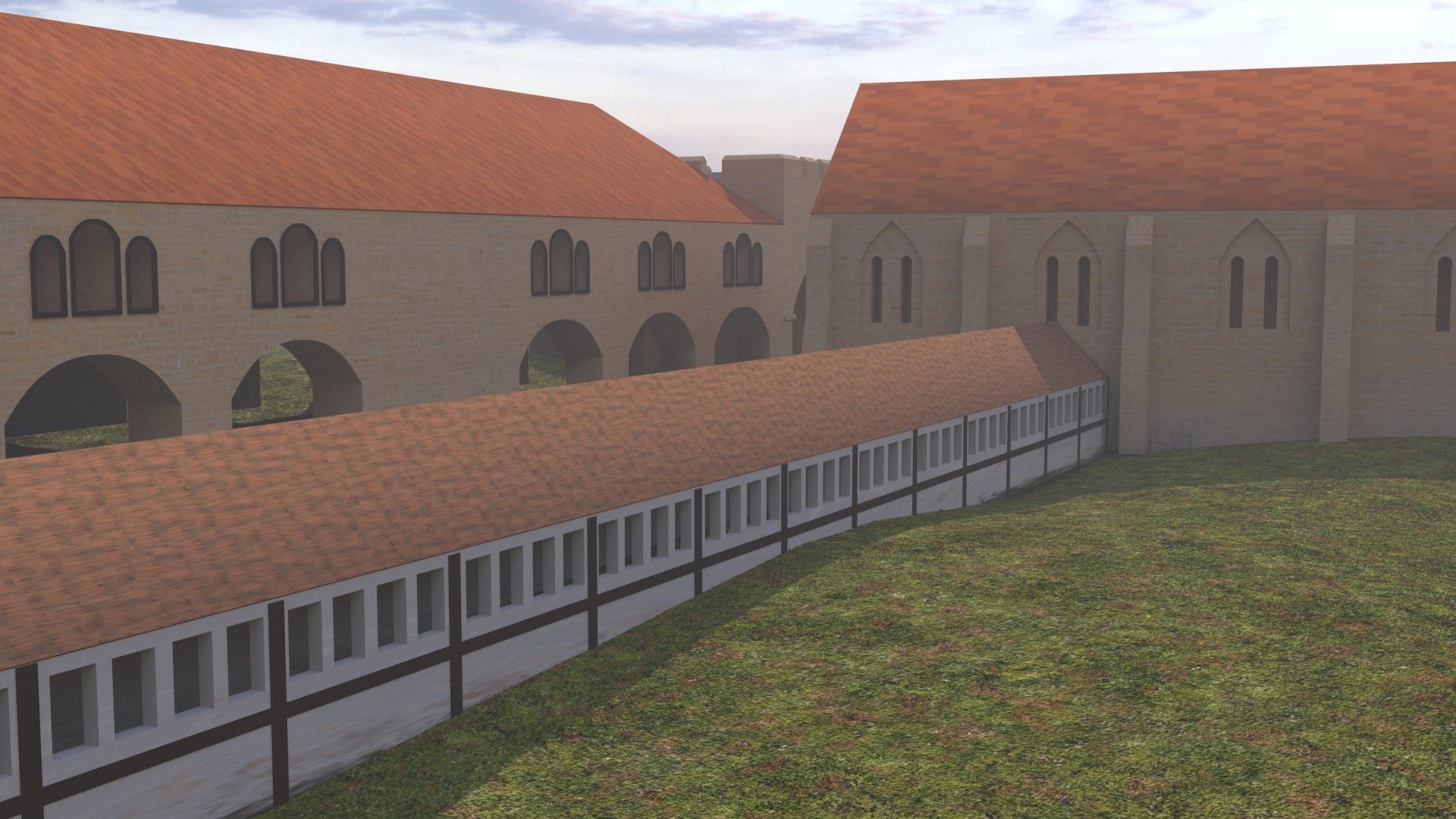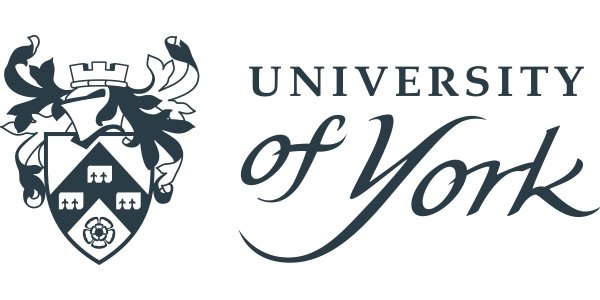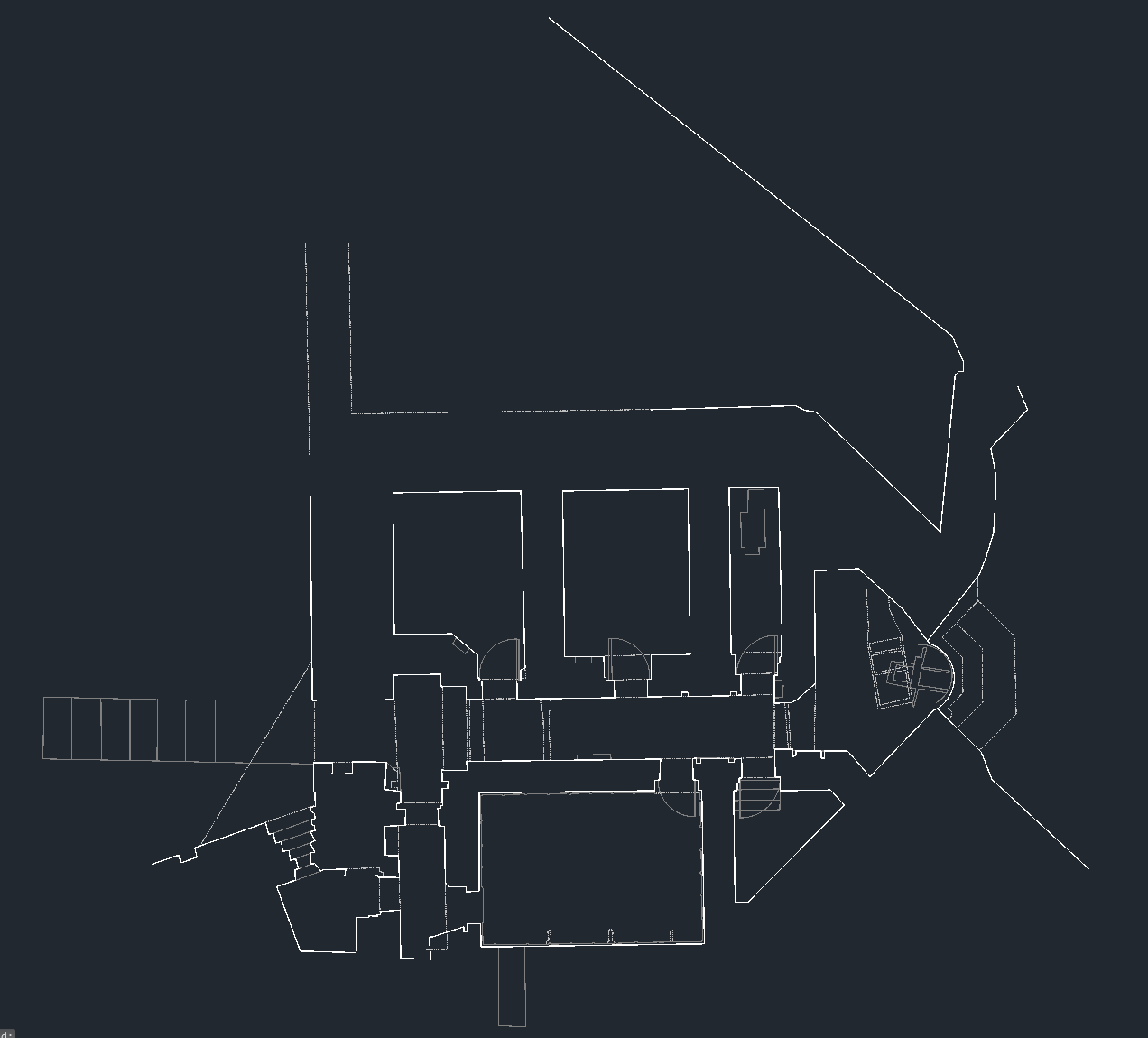National Paralympic Heritage Trail App
app development | ux design | accessibility design
The National Paralympic Heritage Trail App was developed as part of a placement for Sam Brady, a PhD student working with the National Paralympic Heritage Trust. The app helps the user explore the local and international history of the Paralympic Games, with its historic origins at Stoke Mandeville Hospital. Users experience the area where the Paralympic games got their start through two walking trails: a virtual trail which includes audio, video and 3D model content and an accessible trail with physical signs which was developed to ensure an accessible route for wheelchair users to celebrate the Paralympic heritage on their doorstep.
National Paralympic Heritage Trust
The National Paralympic Heritage Trail App explores the local and international history of the Paralympic Games.
Solution
We worked with a User Experience student intern from the University of York to help us research and achieve accessibility for users. Along with National Paralympics Heritage Trust, we also led several trials and incorporated user feedback. From this, we have included settings for text size and contrast adjustments, light and dark appearance as well as a setting for dyslexic readers. We have also included a menu that gives users information about the path to the next stop which includes information like wheelchair access and potential loud or busy areas.
Innovation
The National Paralympics Heritage Trail app has helped us to focus on ensuring that our future heritage trails and mobile applications will be as accessible as possible and has really helped us think through the vast and differing experiences that users will have with this kind of product.
“We approached (Experience Heritage) due to their app for Tang Hall, which had the right look and functionality we were looking for. The team at Experience Heritage were able to bring everything we wanted from that project into ours, whilst also adding further functionality around accessibility. With them, we have been able to turn our ideas for a heritage trail into a functioning app. Both Bethany and Brant have been a pleasure to work with throughout this process.”
Sam Brady, National Paralympic Heritage Trust

